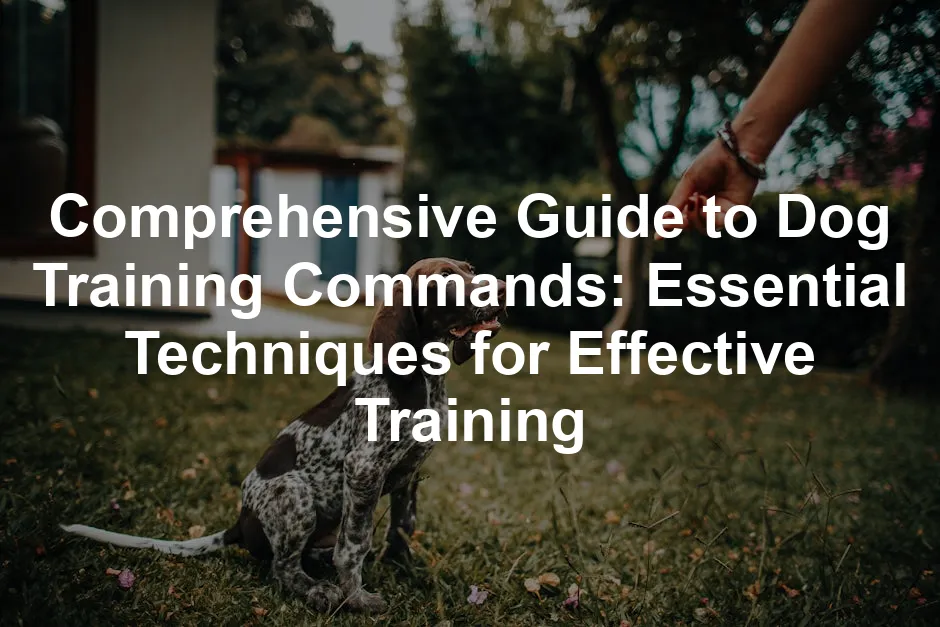Introduction
Teaching your dog commands is essential for communication. These commands help establish obedience and make daily life easier. They also strengthen the bond between you and your furry friend. This article shares effective techniques for teaching various commands, ensuring both fun and understanding in the process.
To make your training sessions more rewarding, consider using dog training treats. They are designed to be irresistible to your furry friend, making it easier to reinforce positive behavior. Plus, training becomes a treat-filled adventure for both of you!
Summary and Overview
Dog training is vital for both dogs and their owners. It fosters safety, discipline, and trust. Specific commands can prevent dangerous situations and unwanted behaviors. Positive reinforcement is a key principle in training, promoting a loving environment. This post will cover basic to advanced commands, effective training techniques, and tips for success.
And if you’re looking for a fantastic resource, check out this dog training book that covers everything you need to know to get started. It’s like having a personal trainer for your pup!
Understanding Dog Training Commands
What are Dog Training Commands?
Dog training commands are verbal or non-verbal cues that instruct dogs on expected behaviors. They play a crucial role in obedience training and everyday interactions. Commands differ from cues; commands are explicit instructions, while cues are often more subtle signals. Dogs can learn up to 165 words on average, which showcases their impressive intelligence. Verbal commands are often paired with hand signals, enhancing understanding. By using commands consistently, you create a clear language with your dog. So, why not start incorporating commands into your daily routine? It can lead to a happier and more obedient dog.
To ensure your dog is comfortable during training, consider investing in a dog bed. A cozy spot can help your dog relax and focus better during training sessions. Trust me, a well-rested dog is a more attentive student!
Come
The “come” command is crucial for your dog’s safety. It ensures your furry friend returns to you when called, especially in potentially dangerous situations. Imagine your dog running toward a busy street. A reliable recall could save their life. To teach this command effectively, start in a quiet area without distractions.
Begin by using high-value treats to grab your dog’s attention. Use a leash to guide them toward you while saying “come” in a cheerful tone. Reward them immediately when they reach you. Gradually increase the distance and practice in different environments. Make sure to avoid calling your dog for negative reasons, like bath time. This will keep the command positive and enjoyable.
Practice this command in safe spaces and gradually introduce distractions. Consistent training will help your dog learn that coming to you is rewarding. So, why not start practicing today? Your dog’s safety is worth it!
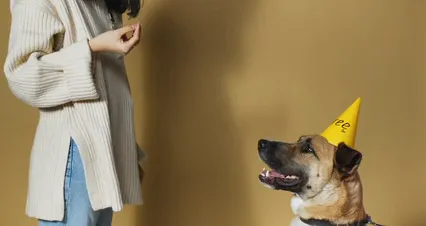
Intermediate Commands
Down
Teaching your dog the “down” command can significantly help calm them in various situations. This command encourages your dog to lie down, which can reduce excitement or anxiety. It’s especially useful during family gatherings or when guests arrive. To teach this command, use a treat to lure your dog into a lying position.
Start with your dog in a sitting position. Hold a treat close to their nose and slowly lower it to the ground. As they follow the treat, say “down.” When they lie down, praise them and offer the treat. Consistency is key! Repeat this process multiple times a day, gradually introducing distractions.
Integrating “down” into your daily routine can promote calm behavior. Try using it during mealtime or playtime to reinforce the command. Your dog will appreciate the structure, and you’ll enjoy a more relaxed companion.
Leave It
The “leave it” command is vital for preventing unwanted behaviors, like eating something harmful. This command teaches your dog to ignore distractions or potentially dangerous items. To start, gather two treats: one your dog loves and another of less value.
Show your dog the lower-value treat while keeping the more desirable one hidden. As they reach for the visible treat, firmly say “leave it.” When they ignore it, reward them with the high-value treat. Repeat this process in various situations to reinforce the behavior.
Practicing “leave it” with distractions, such as other dogs or food on the ground, will enhance your dog’s focus. This command not only keeps your dog safe but also helps with impulse control. Start practicing today and enjoy the peace of mind it brings!
Drop It
Knowing when and how to use the “drop it” command is essential for managing your dog’s behavior. This command is particularly useful when your dog picks up something they shouldn’t have, like a piece of trash or a toy. Teaching this command can prevent dangerous situations and ensure your dog’s safety.
To teach “drop it,” use two items: a toy your dog enjoys and a treat. Allow your dog to play with the toy, then show them the treat. Say “drop it” in a firm yet friendly tone. When they release the toy, immediately reward them with the treat.
Practice this command regularly, especially during playtime. Encourage your dog to drop various objects, gradually increasing the challenge. With time and consistency, your dog will learn to drop items on command. So, gather those toys and start practicing today!

Advanced Commands
Heel
Teaching your dog the “heel” command is crucial for controlled walking. It helps keep your dog close to you during walks. A well-trained dog will walk beside you without pulling on the leash. This not only makes walks more enjoyable but also safer for both of you.
To teach “heel,” start by using a short, loose leash. Stand beside your dog and say “heel” while taking a step forward. Reward your dog with treats for walking alongside you. Consistency is key. Practice this command in different environments to reinforce learning. Gradually increase the duration of your walks while your dog remains in the “heel” position.
To make it easier, start in a quiet area with minimal distractions. As your dog gets the hang of it, introduce more challenging environments. Practicing during walks will help solidify this command in your dog’s mind. So, why not incorporate “heel” into your next outing?
Wait
The “wait” command differs from “stay.” While “stay” keeps your dog stationary, “wait” allows temporary pauses in movement. This command is useful in various situations, like before crossing streets or entering buildings.
To teach “wait,” start by having your dog sit. Use a treat to encourage their focus. Say “wait” and take a step back. Reward your dog for staying put. Over time, increase the distance and duration they must wait. Timing rewards correctly is essential. If they move, calmly guide them back to the starting position.
This command is especially handy during everyday activities, such as meal preparation or door opening. Encourage your dog to practice “wait” during these moments. This will reinforce good behavior and help them understand the command’s value. So, incorporate “wait” into your daily routine for a more disciplined pup!
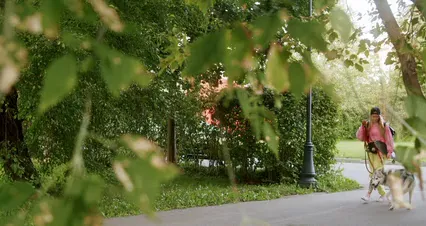
Best Practices for Dog Training
Establishing a Training Routine
Creating a consistent training routine is vital for success. Dogs thrive on structure and predictability. Regular sessions help reinforce learned commands and build trust. Aim for short, focused training blocks. Five to ten minutes, two to three times a day, is ideal.
Choose a quiet, distraction-free environment to enhance focus. As your dog becomes more skilled, gradually introduce distractions. This will help ensure they can perform commands in various settings. Remember, consistency and patience are key.
Establish specific training times throughout the week. This helps make training a natural part of your dog’s life. Encourage family members to participate, fostering teamwork and support. By setting a routine, your dog will learn faster and feel more secure in their training journey.
For those long walks after training, consider a solid dog leash that ensures control and comfort. Your dog deserves the best while strutting their stuff!
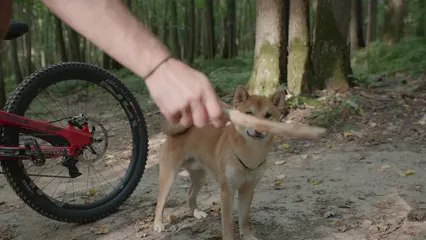
Using Positive Reinforcement
Positive reinforcement is a powerful tool in dog training. It involves rewarding desired behaviors to encourage repetition. This method fosters a positive learning environment. It’s essential to use high-value rewards, like treats or praise. For more on effective techniques, check out this article on effective positive reinforcement techniques for stubborn dogs.
Understanding how to effectively use positive reinforcement can greatly enhance your dog’s training experience. effective positive reinforcement techniques for stubborn dogs
Timing is crucial; reward your dog immediately after they perform the desired behavior. This helps them associate the action with the reward. Different dogs respond to various rewards, so find what motivates yours.
Incorporating praise can also enhance training. Use an enthusiastic tone to express excitement when your dog succeeds. This not only encourages them but also strengthens your bond. Creating a rewards chart can help track progress and motivate both you and your dog. Enjoy the journey of training through positivity!

Common Mistakes to Avoid
Training your dog can be a rewarding experience, but it’s easy to make mistakes. One common pitfall is inconsistency. If you use different commands or reward schedules, your dog may become confused. Stick to a consistent routine with clear commands to help your dog learn effectively.
Another mistake is relying on negative reinforcement. Yelling or using harsh methods can damage your bond with your dog. Instead, focus on positive reinforcement, rewarding good behavior with treats or praise. This approach encourages your dog to repeat those behaviors.
Unrealistic expectations can also hinder training progress. Every dog learns at their own pace. Be patient and celebrate small successes. If you expect immediate results, you’ll likely become frustrated.
Reflect on your training methods regularly. Are you being consistent? Are you using positive reinforcement? By evaluating your approach, you can make necessary adjustments. This will lead to more effective training and a happier dog.
For those moments when your dog needs a little grooming, a dog grooming brush can work wonders. Keeping your dog’s coat clean and tangle-free is not just good for their appearance, but also for their health!
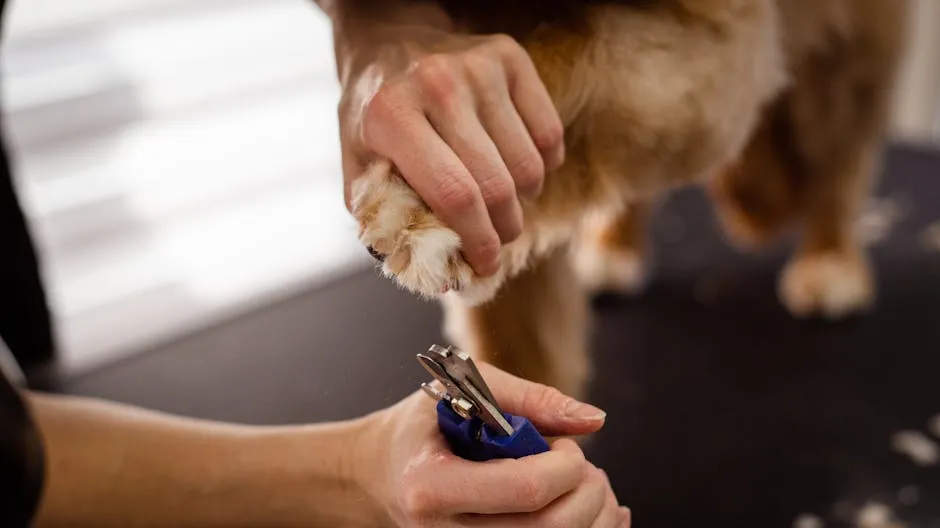
Conclusion
In summary, teaching your dog commands is crucial for communication and safety. These commands build trust and enhance your bond. As you practice, remember that patience and consistency are key. Start with basic commands and gradually progress to more advanced ones. For more guidance on setting up a training routine, refer to this post on how to set up a dog training routine for effective results in 2024. Your efforts will lead to a well-trained and happy dog, making daily life easier for both of you. So, grab some treats and start training today!
And while you’re at it, consider a dog travel bag for those adventures together. Trust me, your pup will thank you for it!
Setting up a structured training routine is essential for effective dog training. how to set up a dog training routine for effective results in 2024
FAQs
What should I do if my dog doesn’t respond to commands?
It can be frustrating when your dog doesn’t respond to commands. First, check if your dog is distracted or overstimulated. Sometimes, a noisy environment makes it hard for them to focus. If that’s the case, try moving to a quieter spot. Next, evaluate your consistency. Are you using the same command each time? Consistent language helps your dog understand what you want. Use a clear and firm tone, but keep it friendly. If your dog still doesn’t respond, consider their motivation. Are you using high-value treats? Sometimes, a more appealing reward can spark interest. Remember, patience is key. Keep training sessions short and fun to maintain their focus. If issues persist, consulting a professional trainer may be beneficial.
How can I ensure my dog remembers the commands?
To help your dog remember commands, consistency is essential. Use the same word and tone for each command. Repetition reinforces their learning. Incorporate training into daily routines. For example, ask your dog to “sit” before meals or during playtime. This creates a connection between the command and real-life situations. Positive reinforcement is crucial. Reward your dog immediately after they respond correctly. This can be treats, praise, or playtime. Additionally, practice commands in different environments. This helps your dog generalize the behavior. Regular practice will keep the commands fresh in their mind.
Are some commands easier to teach than others?
Yes, some commands are easier to teach than others. Basic commands like “sit,” “down,” and “come” are generally simpler. These commands require less physical movement and can be taught using treats to encourage compliance. Intermediate commands like “stay” and “leave it” can take more time. These require your dog to control their impulses, which can be challenging. Advanced commands, such as “heel” or “wait,” usually demand more focus and discipline. Your dog’s motivation and personality also influence how quickly they learn. Some dogs may grasp basic commands swiftly, while others may take longer to master more complex tasks.
Is it ever too late to train an older dog?
Absolutely not! It’s never too late to train an older dog. Many older dogs thrive in training situations. They can learn new commands and reinforce previous ones. Older dogs often exhibit a calmer demeanor, making them more focused during training. Start with short, engaging sessions to keep their interest. Use positive reinforcement to encourage their efforts. Be mindful of any physical limitations. Adjust commands to suit their abilities. For example, if your dog has joint issues, avoid commands that require jumping. Training can provide mental stimulation and strengthen your bond, regardless of age. So, start today!
Please let us know what you think about our content by leaving a comment down below!
Thank you for reading till here 🙂
All images from Pexels

